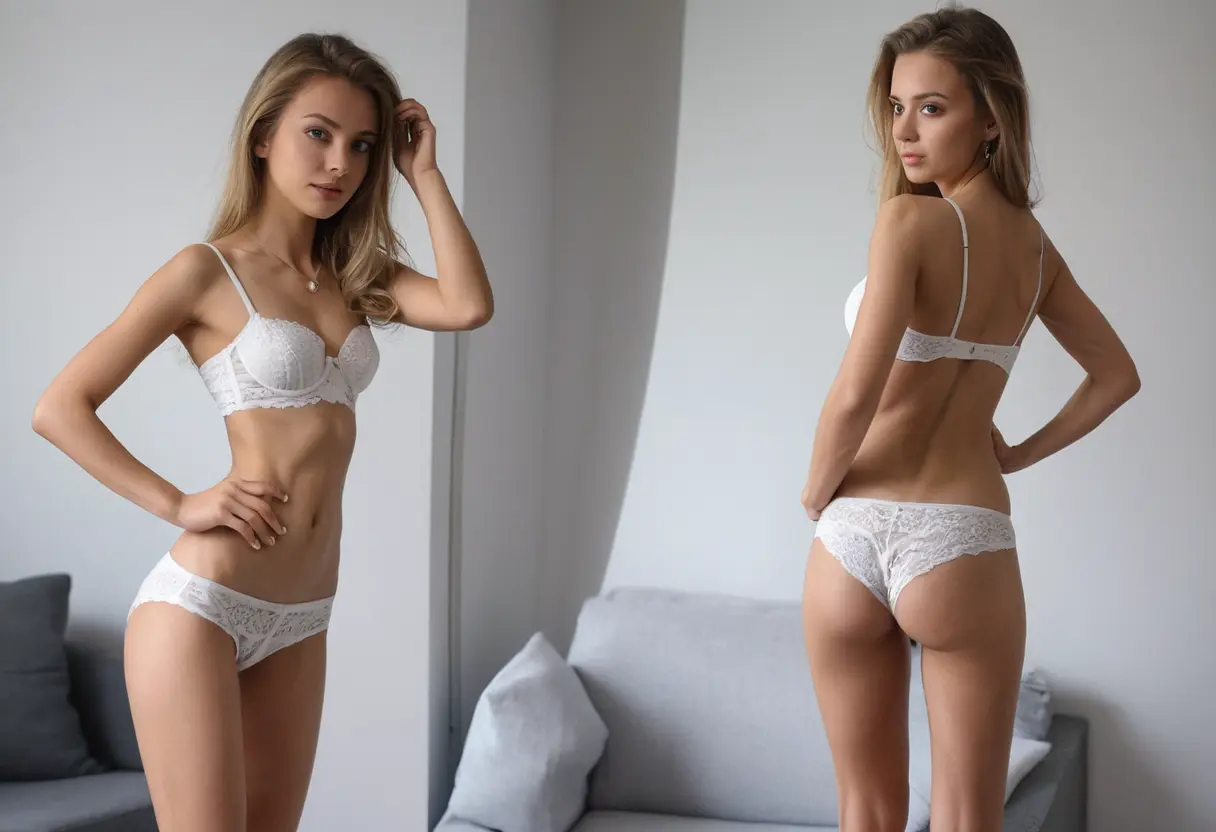The integration of artificial intelligence (AI) into image enhancement and virtual clothing design is rapidly transforming industries across the globe. With advancements in deep learning, computer vision, and generative algorithms, AI is reshaping the way we think about digital aesthetics and fashion. This article delves into the various ways AI is being used to enhance images and design virtual clothing, exploring its potential to revolutionize creative processes, boost efficiency, and create new opportunities for innovation in both fields.
Image enhancement refers to the process of improving the visual quality of an image, and AI has proven to be a game changer in this area. Traditional image enhancement techniques often rely on manual adjustments or basic algorithms. However, AI-powered tools now offer a more dynamic and intelligent approach, leveraging deep learning models to analyze and improve images in a more sophisticated manner.

AI Image Upscaling is one of the most prominent applications in this space. With the help of convolutional neural networks (CNNs), AI can enlarge low-resolution images while preserving, or even improving, their details. This has huge implications for industries like e-commerce, entertainment, and digital media, where high-quality visuals are crucial.

Noise Reduction is another critical aspect of AI-driven image enhancement. AI tools can automatically detect and remove noise or artifacts from an image, providing a cleaner and more professional look without requiring human intervention. This has proved invaluable for photographers and content creators who need to ensure their images maintain high quality across a variety of platforms and devices.

Virtual clothing design is the use of digital tools to create and simulate clothing and fashion designs in a virtual environment. AI has played a pivotal role in revolutionizing this space, offering designers the ability to create realistic garments without the need for physical samples. AI helps streamline the entire design process, from ideation to the final product, and opens up new possibilities for the fashion industry.
AI-Driven Fabric Simulation allows designers to see how different fabrics will behave under various conditions. Machine learning algorithms analyze real-world fabric properties and simulate how they would move, stretch, and drape on a virtual model. This not only saves time and resources but also enhances creativity by enabling designers to experiment with textures and materials that might not be easily accessible in the physical world.
Personalized Fashion is another area where AI is making significant strides. By analyzing consumer data, AI can predict individual preferences and create personalized clothing recommendations. This not only improves the shopping experience but also allows designers to produce more targeted collections, ultimately boosting sales and customer satisfaction.
One of the most exciting developments in AI-powered fashion is the combination of AI with augmented reality (AR). AR allows users to virtually try on clothing through their smartphones or other devices, providing a more immersive and interactive shopping experience. AI enhances AR technology by making virtual clothing fit more accurately to a person's body shape and size, adjusting for factors such as posture and movement in real time.
This combination not only provides a more realistic virtual shopping experience but also opens up new avenues for innovation in fashion marketing and online retail. With AI, virtual try-ons are becoming more lifelike, creating a seamless blend of physical and digital retail experiences.
While the potential of AI in image enhancement and virtual clothing design is vast,https://www.undressaitool.com/ there are also challenges and ethical concerns that must be addressed. One major issue is the risk of bias in AI algorithms, which could lead to the reinforcement of stereotypes or unfair representation in digital fashion. AI systems must be trained on diverse datasets to ensure that they reflect a wide range of cultural, racial, and body type representations.
Moreover, the use of AI in image enhancement and virtual clothing design raises questions about copyright and intellectual property. As AI-generated images and designs become more common, it may be difficult to determine who owns the rights to these digital creations. Clear legal frameworks and ethical guidelines will be necessary to address these challenges as the technology continues to evolve.
The future of AI in image enhancement and virtual clothing design is incredibly promising. With continuous advancements in AI algorithms, we can expect even more sophisticated tools that push the boundaries of creativity and realism. As the technology matures, the fashion industry is likely to see an increasing adoption of AI for not only designing garments but also creating entirely virtual fashion experiences.
AI will continue to drive innovation in areas such as fabric simulation, personalized fashion, and virtual try-ons, making it easier for consumers to interact with brands and designers in new and exciting ways. Furthermore, as the ethical concerns around AI are addressed, the technology will likely become more accessible and inclusive, allowing for a more diverse and representative digital fashion ecosystem.
AI is undoubtedly reshaping both the image enhancement and virtual clothing design industries. From improving image quality and enabling lifelike fabric simulations to creating personalized fashion experiences, AI is unlocking new creative possibilities and business opportunities. As technology evolves and the industry adapts, AI is poised to revolutionize the way we perceive and interact with fashion and digital imagery. For businesses and designers, embracing AI will be key to staying competitive and driving the future of fashion innovation.

Unleashing the Power of AI Photo Editor for Creative and Seamless Image Transformation

Top AI Undress App Free Options to Explore Now

Exploring the Controversy and Features of Undress AI Deepnude App

Exploring the Ethical Implications of AI in Fashion and Virtual Dress Design

Exploring the Ethical Implications of AI Photo Undressing Technology

The Impact of Undress AI on Privacy and Ethical Concerns in Image Recognition